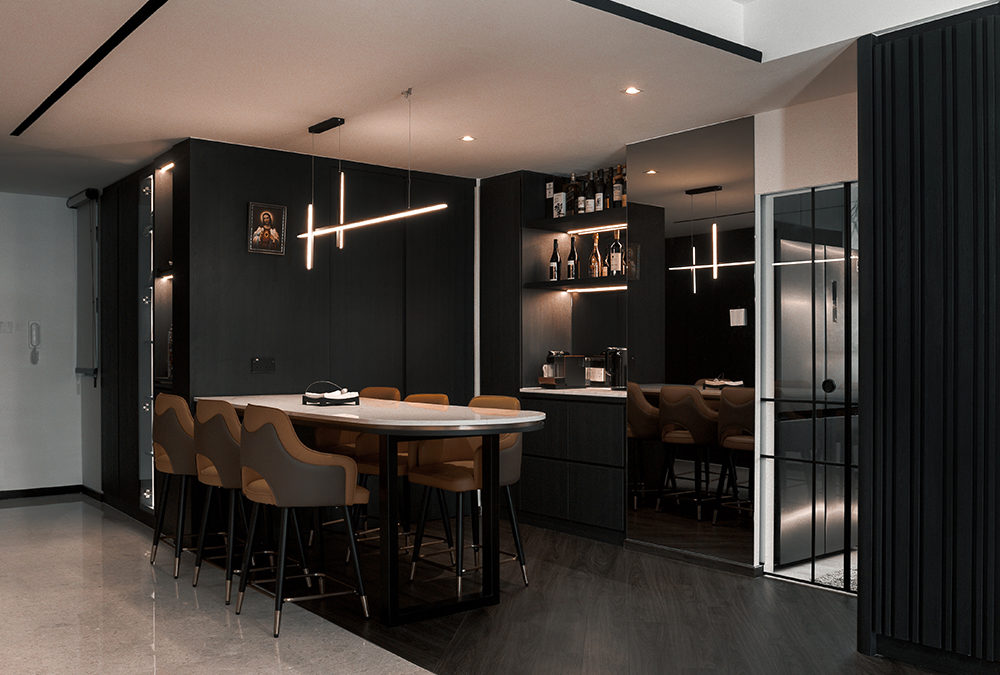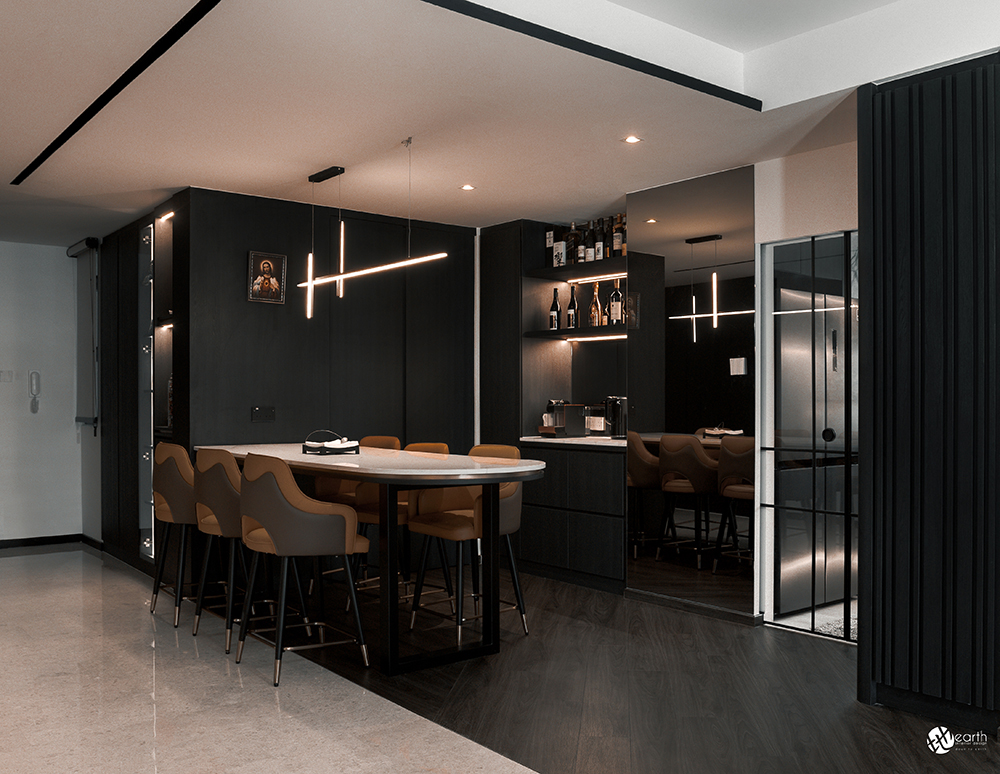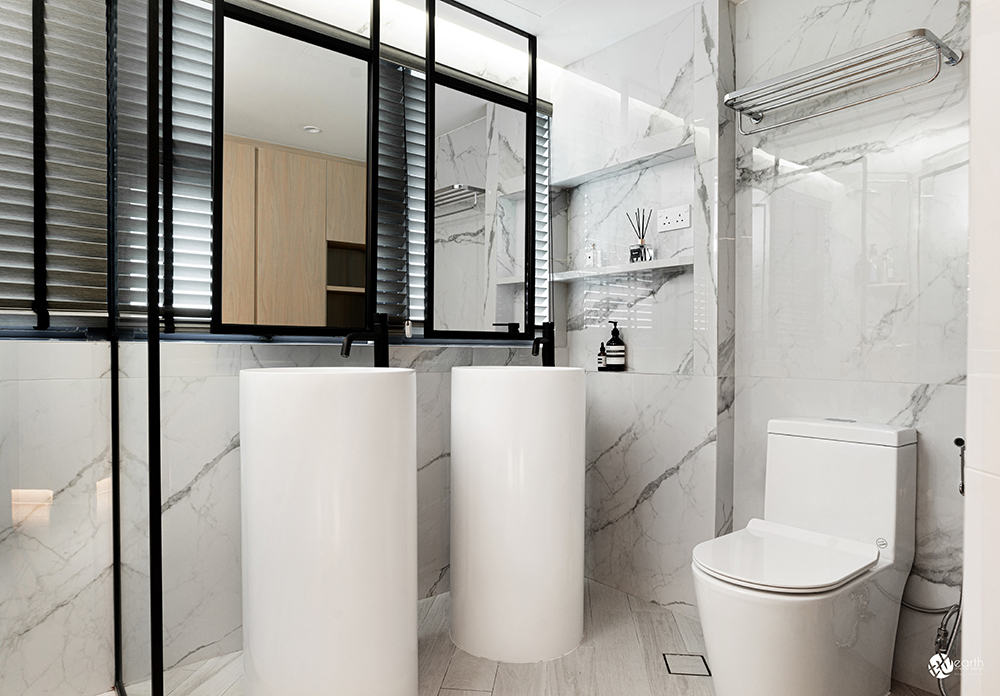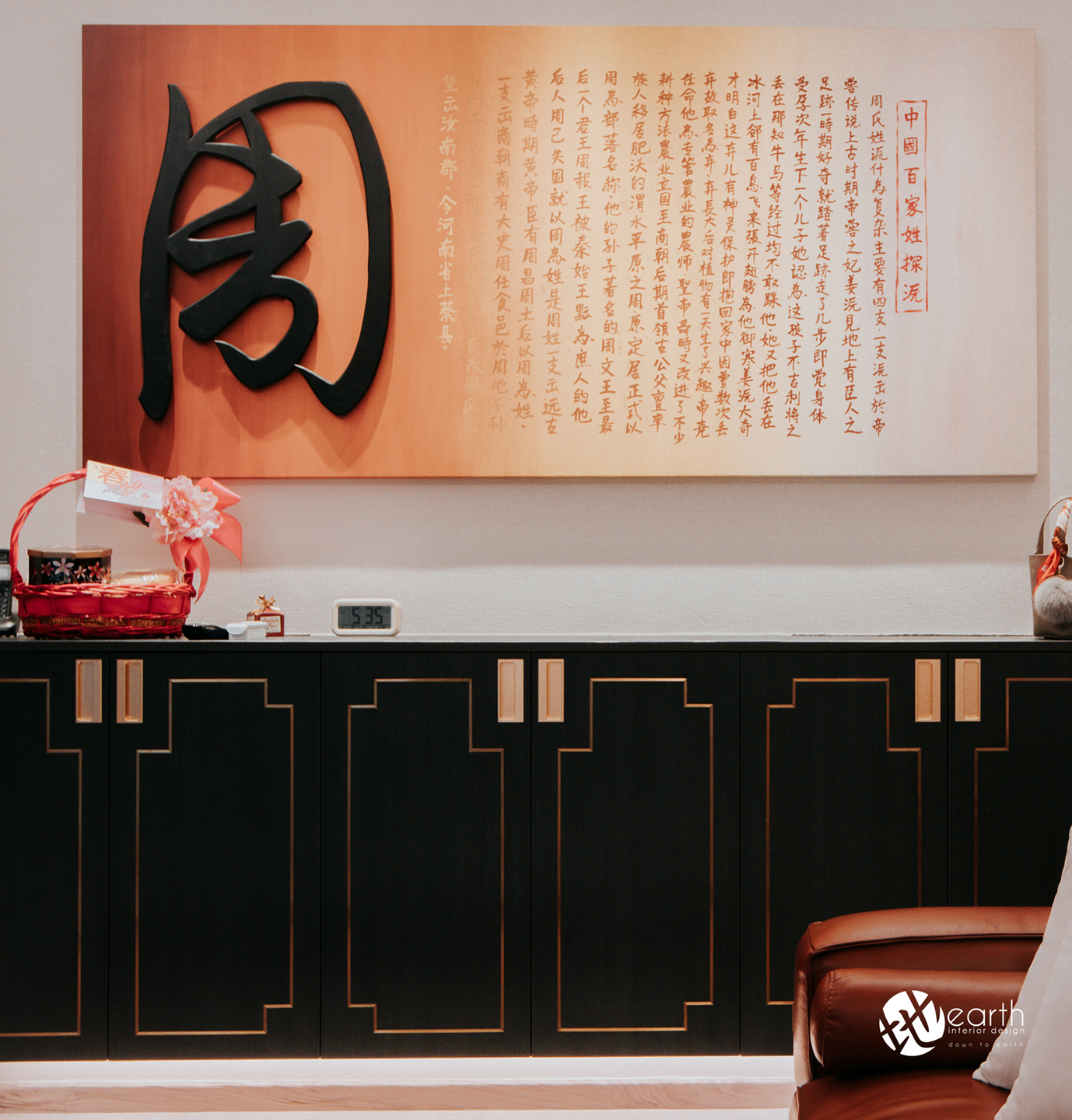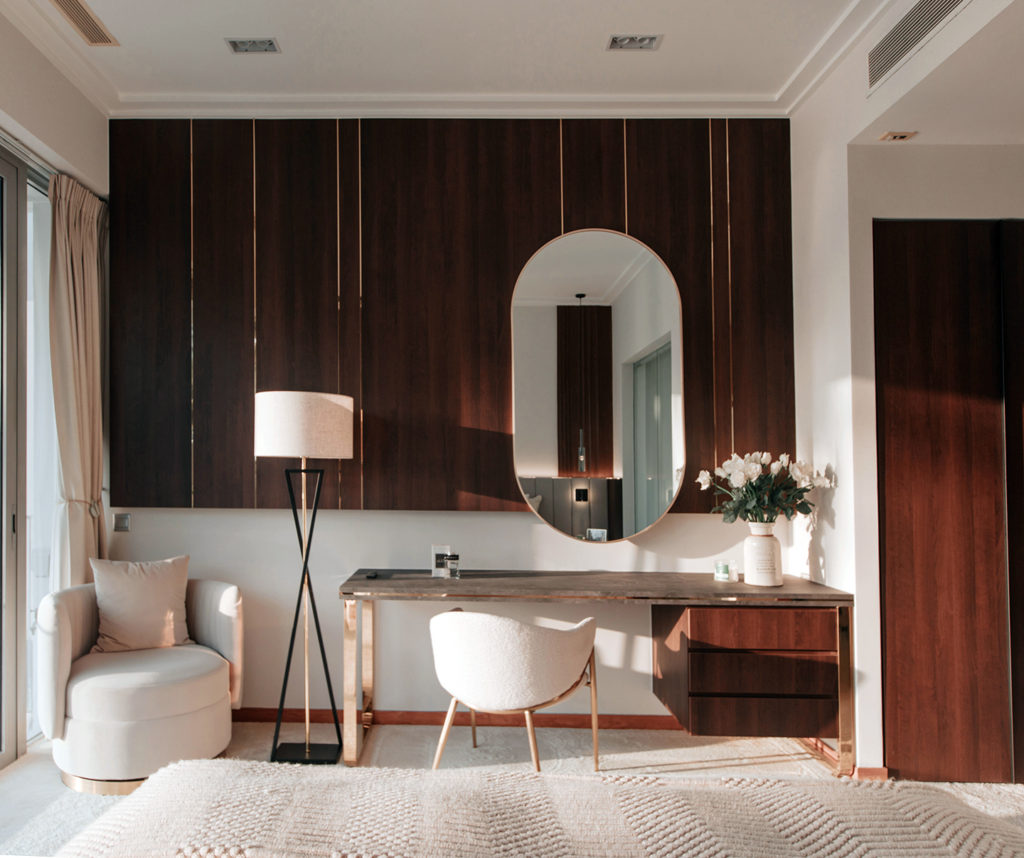Singapore, often referred to as the “Lion City,” is a dynamic melting pot of cultures, where the past seamlessly intertwines with the future. This vibrant nation is not only known for its remarkable skyline and technological advancements but also for its rich cultural heritage. When it comes to interior design, incorporating elements of Singaporean culture can create a unique and captivating aesthetic that pays homage to the nation’s diverse traditions. In this article, we will explore how interior design can define Singaporean culture and offer valuable insights
1. Embracing Cultural Diversity
One of the most distinctive aspects of Singapore is its multicultural society, with a harmonious blend of Chinese, Malay, Indian, and Western influences. To infuse Singaporean culture into interior design, it’s crucial to embrace this diversity. Incorporating elements from each culture can create a rich tapestry of design possibilities.
For instance, you can incorporate the intricate patterns and vibrant colors of Peranakan tiles into your interiors, paying tribute to the Straits Chinese heritage. Chinese motifs, like the iconic double happiness symbol, can be integrated into furniture or wall art, adding a touch of prosperity and joy. The warm earthy tones of Malay culture can be represented through wooden furniture and natural materials, while the opulence of Indian culture can be celebrated through vibrant fabrics, intricate woodwork, and brass accents.
2. Modern Meets Tradition
Singapore is renowned for its modernity, but it still values its roots deeply. Balancing contemporary design with traditional elements can capture the essence of Singaporean culture in interior design. Consider incorporating traditional elements like Chinese lattice screens or intricate wooden carvings in a minimalist, modern setting. This fusion creates a visually captivating and culturally rich atmosphere that tells the story of Singapore’s evolution.
3. Maximizing Space Efficiency
Singapore is a city-state with limited land space, leading to a strong emphasis on efficient use of space. Interior designers often maximize space without compromising aesthetics. To cater to this practicality, incorporate multi-functional furniture and clever storage solutions. Highlight how these elements mirror Singapore’s resourcefulness and adaptability in the face of spatial constraints.
4. Sustainability and Green Living
In recent years, Singapore has placed a significant emphasis on sustainability and green living. This aspect can be beautifully incorporated into interior design by using eco-friendly materials, energy-efficient lighting, and indoor plants. Write about how these sustainable design choices reflect Singapore’s commitment to a greener future and appeal to environmentally conscious homeowners.
5. The Play of Light
Singapore’s unique geographical location near the equator means that natural light is abundant year-round. Architects and interior designers often capitalize on this by incorporating large windows, glass walls, and open layouts that allow light to flood interiors. Discuss how maximizing natural light is a hallmark of Singaporean interior design, creating spaces that feel bright and inviting.

Conclusion
Incorporating Singaporean culture into interior design offers a unique opportunity to celebrate the nation’s rich heritage while embracing its modernity and sustainability. By fusing diverse cultural elements, balancing tradition with contemporary design, maximizing space efficiency, and emphasizing the play of light, interior designers can create captivating spaces that define Singaporean culture in a beautifully harmonious way. This approach not only honors Singapore’s history but also shapes its future, making it a truly exceptional and culturally rich experience.
